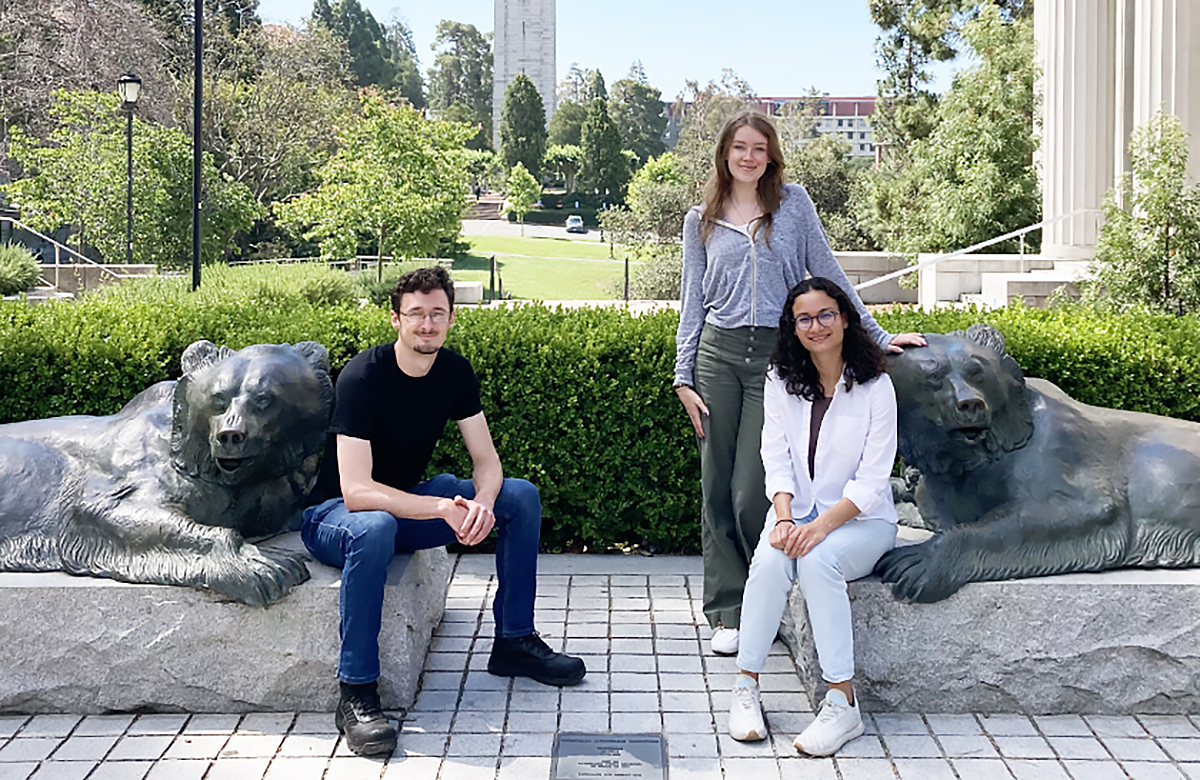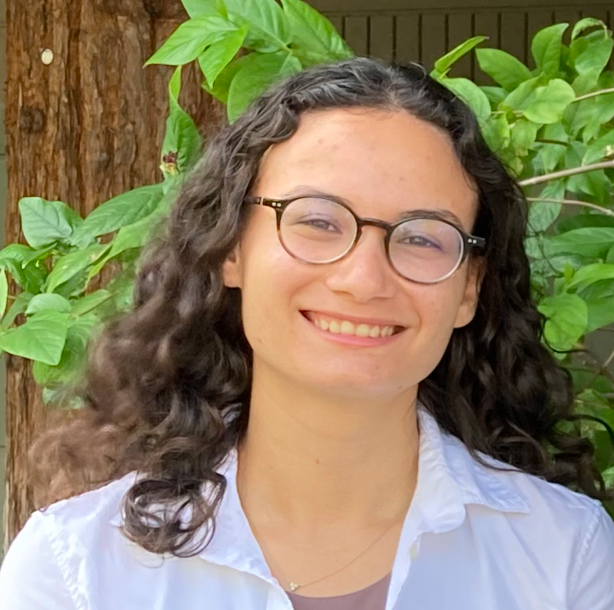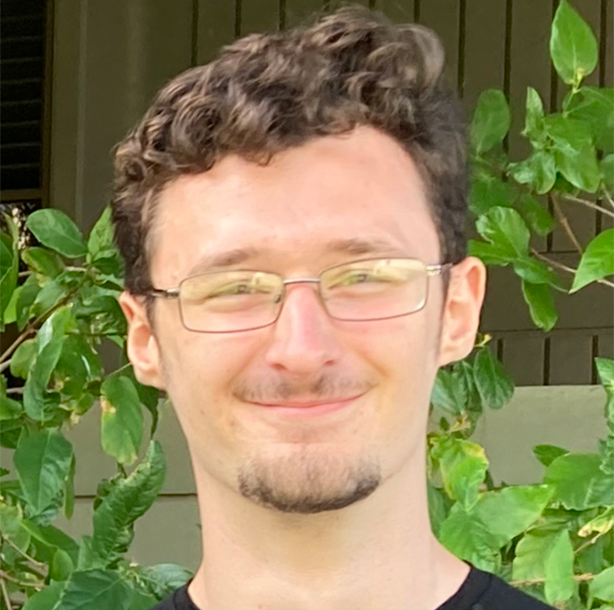
The NHERI SimCenter is excited to host three REU students this summer. NSFs Research Experiences for Undergraduates (REU) program promotes education and research through internships in active research. The three REUs join the SimCenter for an intensive ten-week internship where they complete independent research projects, mentored by domain experts on the software development team. Their research outcomes will be presented at the NHERI REU Symposium on August 8 and 9 at the University of Texas at Austin with REUs from the other NHERI sites.

Carmen Andrade is a rising Senior with a double major in civil engineering and engineering and public policy at Carnegie Mellon University. She shares her personal experience of being a high school senior in Puerto Rico when Hurricane Maria hit the area. While I was stuck at home, more than a month without school, I saw the aftermath of this natural disaster. Basic things that most of us take for granted such as water, communication lines, and electricity were suddenly jeopardized. It was shocking to see how many people still did not have reliable water or electricity months after the hurricane. This moment was key for making me interested in becoming a civil engineer with a focus in designing better structures that are more resilient to natural disasters. Seeing the need for creating safe structures after the earthquakes that occurred both in my fathers hometown in Ecuador and in Puerto Rico has drawn me to the seismic element of structural engineering. I applied to the REU program because I thought it would be a great first step in learning more about natural hazards engineering.
Carmen applied to the SimCenter because she wanted to learn more about how modeling is used in hazards engineering. I have some experience in programming and modeling, but I wanted to see how it was used in real-world research. I thought working on a project that involved working with simulation software would be a great way to see if I wanted a career in research. In addition, I thought spending some time in the Bay Area would be a great way to see if California would be a good fit for me, since I'm thinking of going to the west coast for graduate school.
Carmen is mentored by Kuanshi Zhong and Sang-ri Yi in the project Comparative Study of Surrogate Model Methods for Predicting Seismic Structural Response. The purpose of the project is to develop surrogate models for predicting seismic responses using Gaussian Progress Regression and Probabilistic Learning on Manifolds (PLoM). A comparison of the accuracy, efficiency, and robustness of the two surrogate methods will be made. Then an exploration of combining the two methods to improve the surrogate model will be made. This will be done because direct simulation of structural seismic responses can have high computational costs, and surrogate models improve computational efficiency in many engineering applications. Comparing two surrogate models with different fundamental approaches will highlight where each surrogate modeling approach is advantageous.

Emily Ping is a rising junior majoring in civil engineering at Rensselaer Polytechnic Institute. She was excited to apply to the REU program because it is a great opportunity for me to gain valuable work experience and find out whether or not I would be interested in continuing to participate in research. What I like about the SimCenter specifically is that I work alongside structural engineers and work on a project centered around structural engineering since that is the subdiscipline I wish to pursue. Emily lives on the east coast and working at the SimCenter and living in Berkeley is a great way to experience living on the west coast for a change.
Emily is mentored by Aakash Bangalore Satish and Adam Zsarnóczay on the project Comparison of Material Model Calibration Methods using Response Predictions of Component Models. The purpose of the project is to investigate different model calibration methods and come to a conclusion about which method creates the most accurate material model for steel rebar under earthquake loadings. The accuracy of these methods will be assessed by using the calibrated material models within finite element models of a structural component and comparing the outputs of these system models with experimental data. Emily notes that having well-calibrated component models is important in order to have a system model that can simulate structural behavior under hazard loadings as accurately as possible.

Mitchell Givens is an incoming Junior with a double major in Urban Planning and Public Policy at SUNY Albany. I was motivated to apply to the REU program because of my strong interest in resiliency planning. Although I am not an engineering major, I wanted to gain a deeper understanding of natural hazards and mitigation strategies from an engineering perspective. The SimCenter interested me because I was taking a course in Geographic Information Systems (GIS) during the spring semester, and I thought that this experience would be complementary to the knowledge I had developedin GIS.
Mitch is mentored by Matt Schoettler and Adam Zsarnóczay on the project Evaluating Brooklyns Emergency Shelters Capabilities to Meet the Needs of Vulnerable Populations During a Hurricane Scenario.The purpose of the project is to determine indicators that will increase the likelihood of an individual or household to seek out a storm shelter during a hurricane. The project will then evaluate the effectiveness of a citys storm shelter plan through estimating potential damage to the structure and its proximity to groups that are more likely to need the storm shelter.